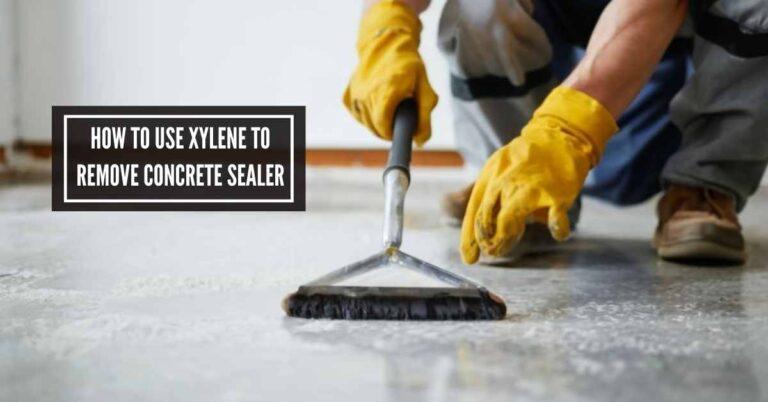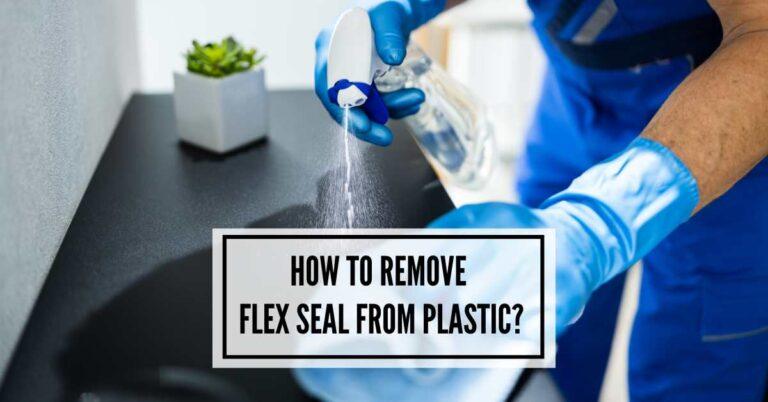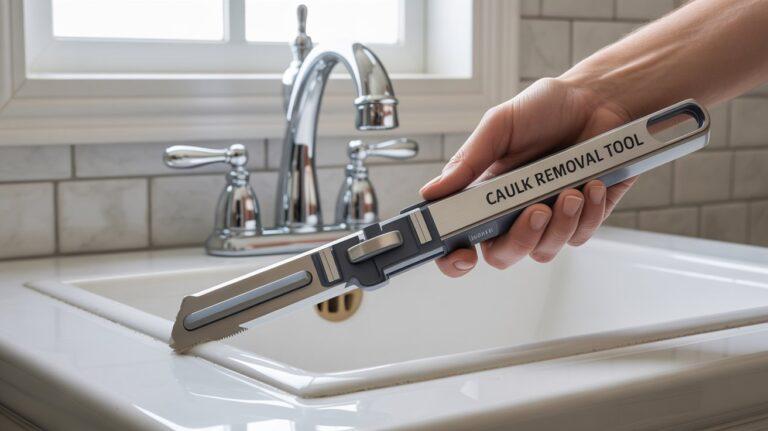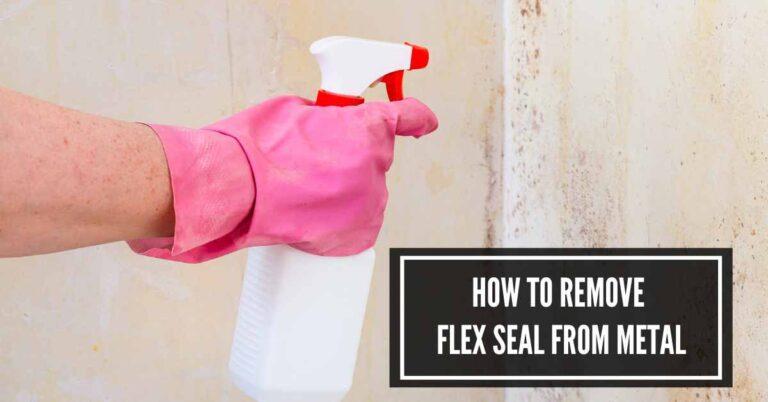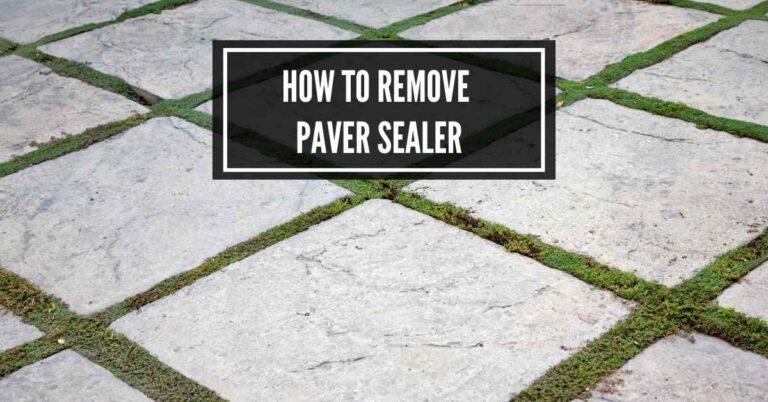How to Remove Flex Seal from PVC Pipe: Quick Guide
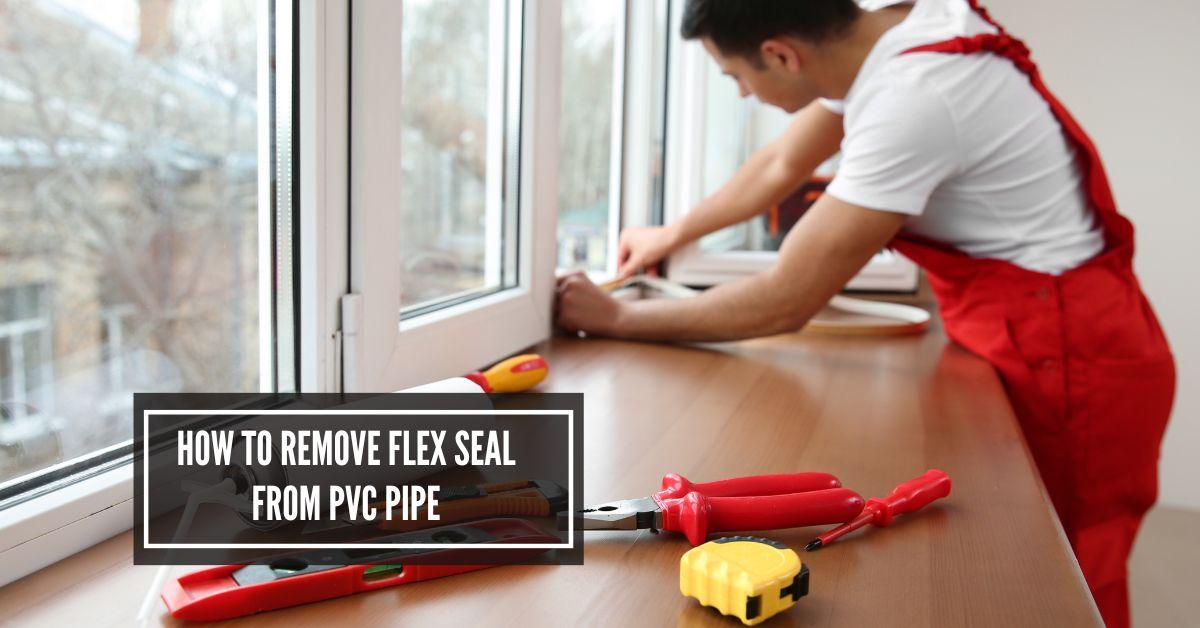
To remove Flex Seal from PVC pipe, use acetone or a similar solvent and apply it to the coated area. Gently scrape the softened Flex Seal with a plastic putty knife or an old credit card.
Removing Flex Seal from a PVC pipe can be challenging, but with the right approach, it is manageable. This is essential for homeowners and DIY enthusiasts who often use Flex Seal for temporary fixes and need to clean up afterward.
How to Remove Flex Seal from PVC Pipe At Home
The versatility of PVC piping in various home projects means it can occasionally get an unwanted coating of Flex Seal. Whether from accidental overspray or deliberate application, when the time comes to restore your PVC to its original state, you’ll need a safe and effective method to strip away the sealant.
Using materials commonly found at home, such as acetone, paired with a gentle scraping tool, ensures you avoid damaging the pipe’s surface. With these steps, the process is straightforward and environmentally safe, preventing any potential harm from harsh chemicals.
Preparation and Safety Measures
Before diving into the task of removing Flex Seal from PVC pipe, it’s crucial to prepare properly. Preparation not only helps streamline the process but also ensures safety. In this section, we’ll outline the steps needed to get ready, highlighting the significant tools and precautionary measures.
Gathering Necessary Tools And Materials
To start, make sure you have all the tools and materials on hand. This will save time and prevent any interruptions during the removal process. Here’s what you’ll need:
- Mineral Spirits or adhesive remover
- Rags for wiping and cleaning
- Scraper to peel off the Flex Seal
- Gloves to protect your hands
- Eye Protection, to keep your eyes safe
Ensuring A Safe Working Environment
Working with chemicals requires a secure area. Follow these steps to prepare your workspace:
- Choose a well-ventilated area.
- Clear the space of any unnecessary items.
- Place your PVC pipe on a stable, flat surface.
- Keep a first-aid kit nearby in case of an accident.
Protective Gear And Precautions
Safety comes first when handling chemical products like Flex Seal. To minimize risks:
- Wear gloves to shield your skin from harsh substances.
- Use eye protection to prevent accidental splashes.
- Ensure good ventilation to avoid inhaling fumes.
- Read product labels for additional safety information.

Mechanical Removal Methods
If Flex Seal has left its mark on your PVC pipe, fear not. There are a few tried-and-true mechanical methods to remove this adhesive. These techniques do not involve chemicals. They ensure a cleaner finish to your PVC pipes.
Using A Utility Knife Or Blade
A straightforward way to tackle Flex Seal removal is with a utility knife or blade. This method calls for precision and caution. Here are the steps:
- Grip the knife securely.
- Gently score the Flex Seal’s surface. Do not cut deep to avoid damaging the pipe.
- Peel away the loosened Flex Seal in strips.
Employing A Heat Gun For Easier Peeling
Using a heat gun softens the Flex Seal, making it less of a challenge to remove:
- Set the heat gun to a low or medium setting.
- Apply heat evenly around the Flex Seal area. Keep the gun moving to prevent damage.
- Test the sealant’s pliability with a scraper.
- Once softened, peel it off with ease.
Sanding Flex Seal Off The Pvc Pipe
This method involves using sandpaper:
Step -1
Step- 2
Step- 3
Sanding requires a gentle touch to avoid scratching the pipe.
Credit: www.amazon.com
Chemical Removal Techniques
Flex Seal creates a strong bond with surfaces, including PVC. Removing Flex Seal from PVC pipes can challenge do-it-yourselfers. Chemical removal techniques often provide effective results. These methods involve using solvents that weaken the Flex Seal’s grip on the PVC pipe. Below, learn about the different steps for chemical removal of Flex Seal from PVC pipes.
Choosing The Right Chemical Solvent
- Acetone: effective for several sealants.
- Isopropyl alcohol: a milder option for sensitive areas.
- Mineral spirits: good for heavy-duty residue.
Selecting the right chemical solvent is essential. The solvent must soften Flex Seal without damaging PVC. Start with a milder solvent, like isopropyl alcohol. Acetone or mineral spirits can be more powerful options. Conduct a patch test in a small, inconspicuous area first. Ensure the chemical does not harm the pipe.
Application Process For Chemical Solvents
- Wear gloves and safety glasses to protect skin and eyes.
- Apply the solvent with a clean cloth or sponge.
- Gently rub the Flex Seal area until it starts to lift.
- Use a plastic scraper for stubborn residue.
- Clean the area with soap and water after removal.
The application process is straightforward but demands patience. Directly apply the solvent onto the Flex Seal. Apply it evenly using a cloth. Let the solvent sit for a few minutes. This will break down the adhesive properties. A plastic scraper can aid in peeling off the residue. Wash the area with soap and water to remove any leftover solvent.
Precautions When Using Chemicals
- Ensure adequate ventilation in the working space.
- Avoid skin contact; wear protective gloves.
- Eye protection is crucial when handling solvents.
- Read manufacturer instructions for the chemical solvents.
- Keep children and pets away from the work area.
Safety is of utmost importance when using chemical solvents. Work in a well-ventilated area to avoid inhaling fumes. Always wear gloves and safety goggles. Remember to read the instructions on the chemical solvent package before use. Keep pets and children away from the area until the process is complete and the area is clean.

Aftercare and Cleanup
Successfully removing Flex Seal from a PVC pipe is just the beginning. Proper aftercare and cleanup are crucial to ensure the longevity of the PVC pipe and to safely handle the materials used during the removal process. This section will guide you through the steps necessary to neutralize any chemical agents, clean the pipe surface, and dispose of waste materials responsibly.
Neutralizing Chemical Agents
After you’ve removed the Flex Seal, leftover chemical agents might still pose a risk. To neutralize these chemicals:
- Wear protective gloves and eye gear for safety.
- Prepare a neutralizing solution based on the chemical’s nature.
- Apply the solution, following the manufacturer’s instructions.
Cleaning The Pvc Pipe Surface
Cleaning the PVC pipe surface is essential to restore its condition and prepare it for use:
- Begin with a basic wash using soap and water.
- Scrub gently to avoid damaging the pipe.
- Rinse the pipe thoroughly with clean water.
- Dry the surface with a soft, clean cloth.
Disposal Of Waste Materials And Chemicals
Dispose of the waste in a responsible manner:
- Collect all chemical containers and residue.
- Check local regulations for proper disposal methods.
- Never pour chemicals down the drain or into the environment.
- Employ a certified waste disposal service if needed.
Preventive Measures And Alternatives
Dealing with a messy Flex Seal application on PVC pipes is no small feat. Yet, taking proactive steps can save a lot of hassle. This portion of the post will focus on preventing such mishaps and explore other viable options in place of Flex Seal.
Tips To Avoid Excessive Application Of Flex Seal
- Read the instructions carefully before use.
- Use masking tape to cover areas that do not require sealant.
- Apply in thin layers, allowing each to dry before adding another.
- Practice on a scrap piece to get a feel for the spray pattern.
Alternatives To Flex Seal For Pvc Pipes
There are other options if Flex Seal isn’t right for your project.
| Alternative | Use-case |
|---|---|
| PVC Cement | Permanent joins |
| Thread Seal Tape | Threaded joints |
| Epoxy Putty | Small cracks or holes |
| Rubber and Silicone Repair Tape | Temporary fixes |
When To Seek Professional Help
- Complex Projects: If the pipe system is intricate.
- Persistent Leaks: When DIY methods don’t fix the leak.
- Safety Concerns: When PVC pipe is in a difficult location.
- Building Codes: If unsure, professionals understand local codes.
Frequently Asked Questions
What Dissolves Flex Seal?
Acetone or mineral spirits can effectively dissolve Flex Seal. Apply these solvents to the area and scrub gently to remove the sealant.
How Do You Remove Flex Seal Tape From Pvc Pipe?
To remove Flex Seal tape from the PVC pipe, gently heat the tape with a hairdryer and then slowly peel it away starting from an edge. If residue remains, dab it with a cloth soaked in rubbing alcohol or adhesive remover and wipe clean.
How Do You Remove Flex Seal Once Dry?
To remove dried Flex Seal, gently scrape it off with a razor blade or sand it away. For stubborn residue, apply mineral spirits or adhesive remover and wipe clean with a rag. Always test on a small area first to prevent surface damage.
Will Flex Seal Peel Off Plastic?
Flex Seal may not adhere well to all plastics, particularly those with a slick or greasy surface, which can lead to peeling. For optimal results, prep the plastic surface properly before application.
Can Flex Seal Be Removed From Pvc?
Flex Seal can be removed from PVC using chemicals like acetone or by gently scraping after softening it with a heat gun.
Conclusion
Wrapping up and removing Flex Seal from PVC pipes needn’t be a chore. The techniques shared will simplify the process for any DIY enthusiast. Remember, patience and the right solvents are your allies. For persistent residue, reapplication of methods ensures success.
Tackle your project with confidence, equipped with these insights!

I am Robert Sandin, a professional sealing expert with a diverse range of expertise. From concrete to various other materials, I possess in-depth knowledge and experience in the art of sealing. On my website, I offer valuable tips and expert recommendations on sealing techniques and products for different materials. Whether it’s concrete, wood, metal, or more, I am committed to providing you with the guidance you need for successful sealing projects.

